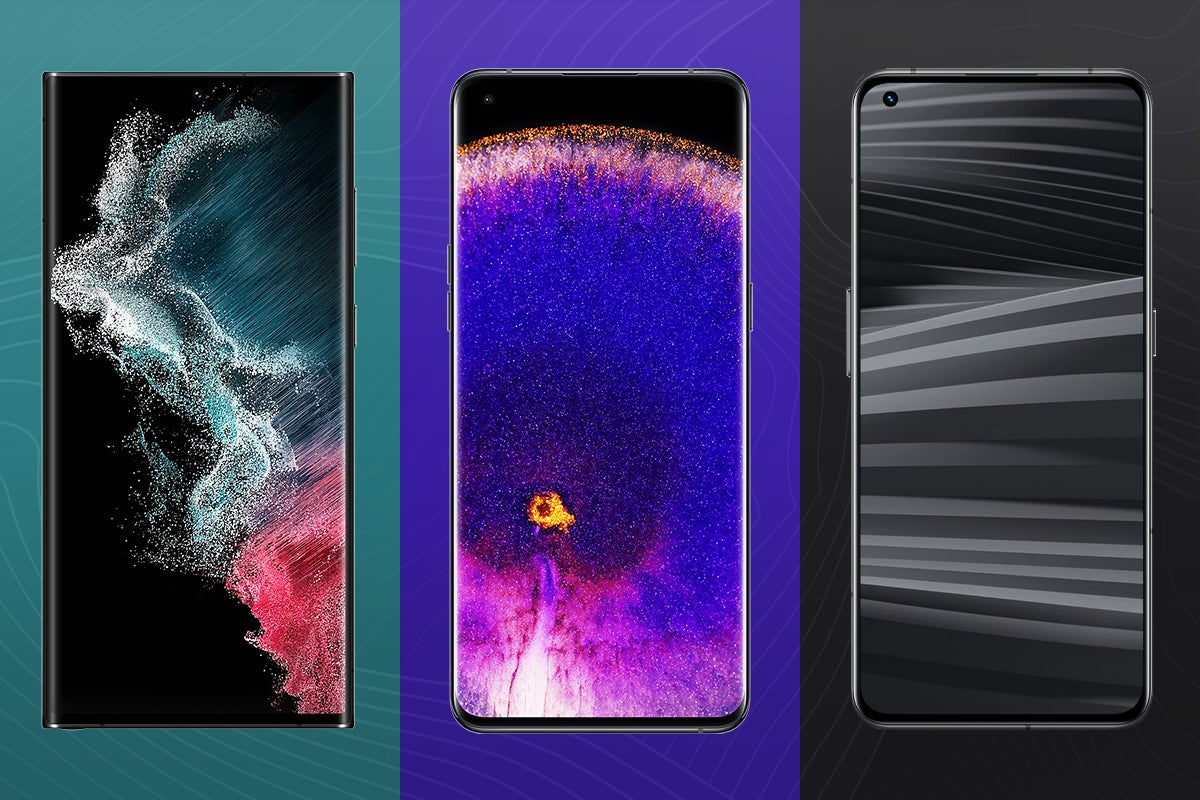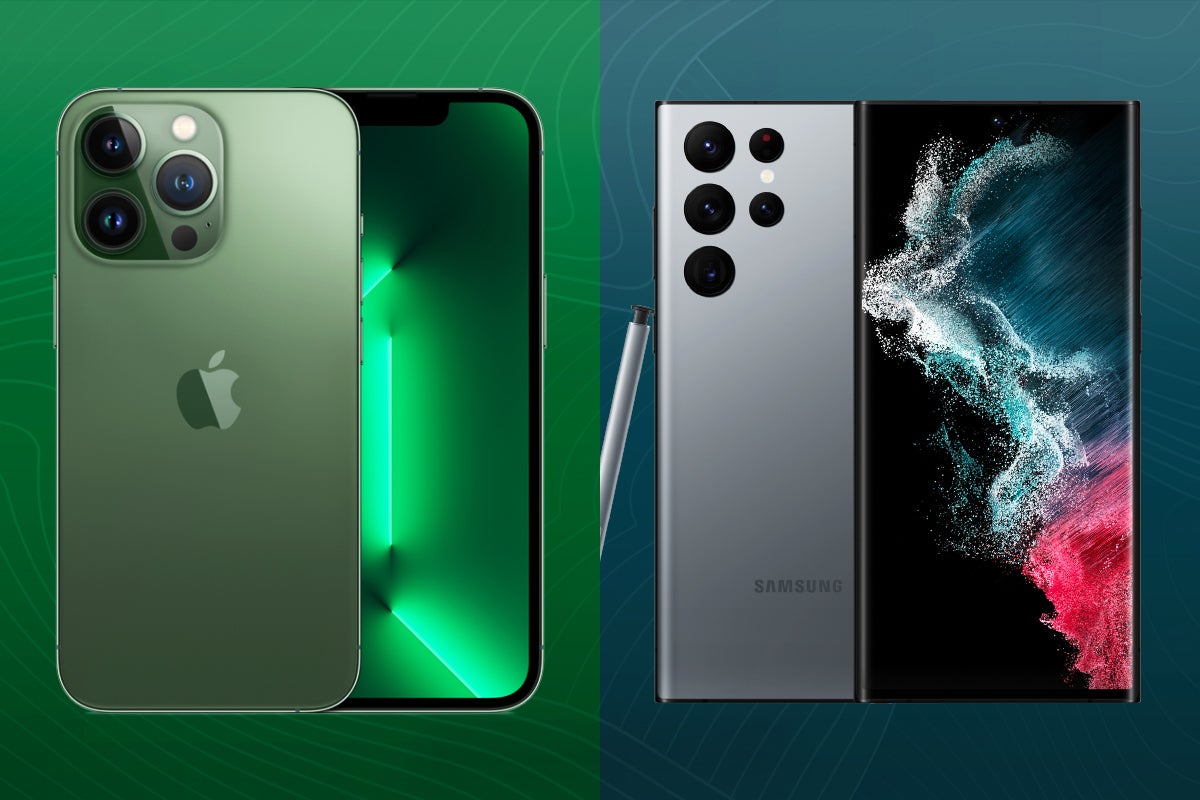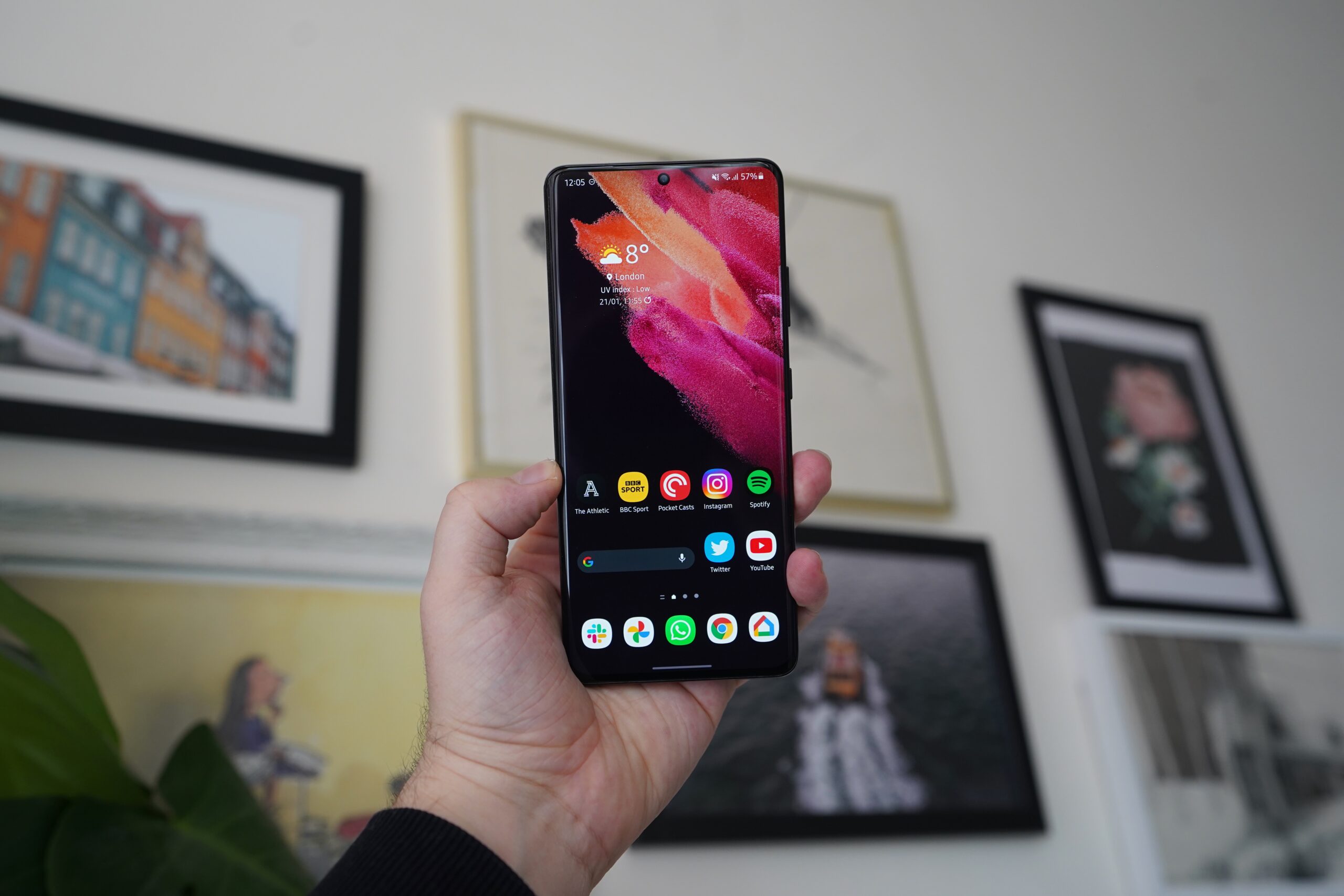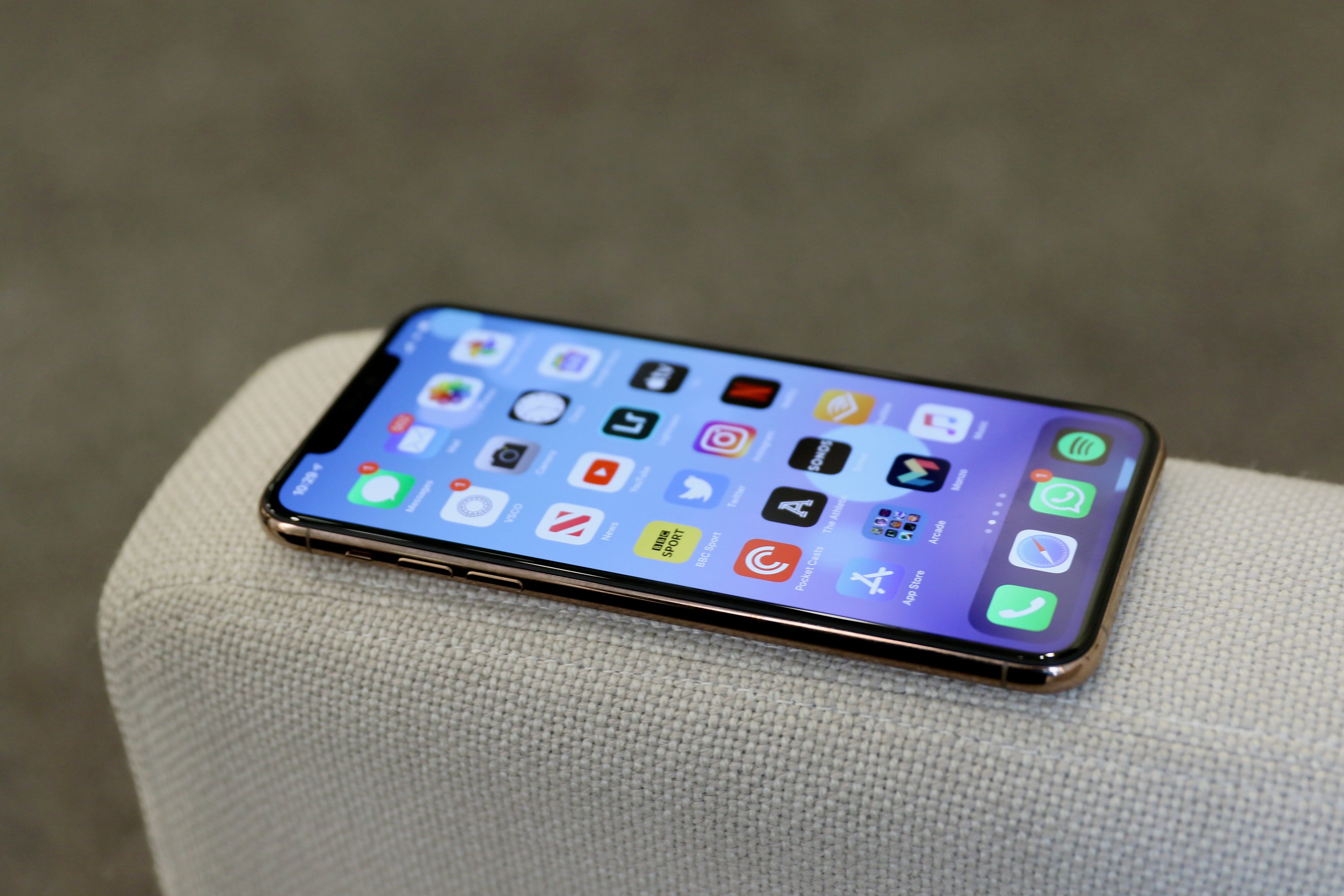Samsung Galaxy S20 Ultra Review
All the specs you could ever want
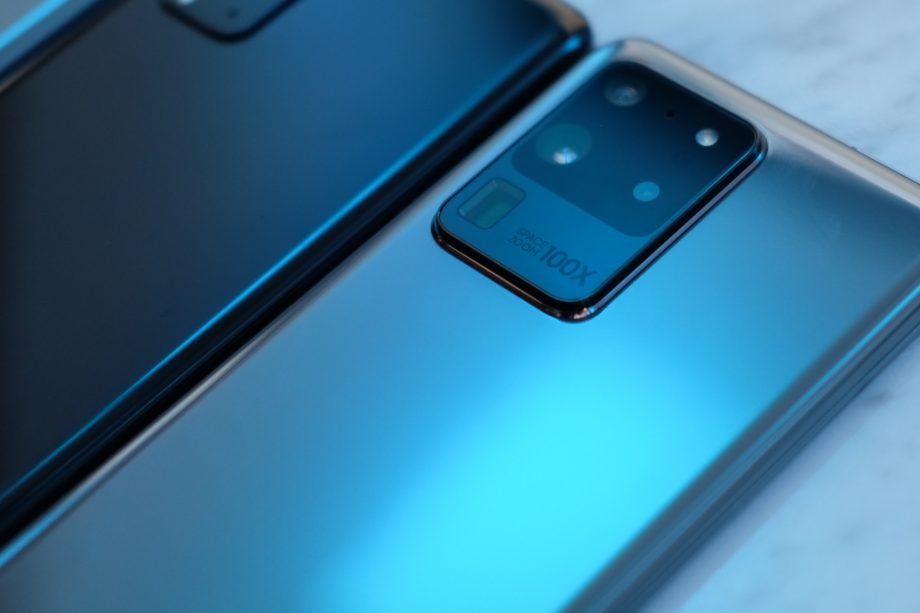
Verdict
Samsung Galaxy S20 Ultra is the first true flagship to arrive this year – and boy, is it a powerhouse device. Highlights include a 108MP main camera, up to 16GB RAM and a 6.9-inch 120Hz display. Samsung might win the spec war, but how does it fare in the real world?
Instead of offering a more affordable alternative to the Samsung Galaxy S20 and Galaxy S20 Plus, we’ve got a far pricier option in the form of the Galaxy S20 Ultra. During a period where consumers are holding on to their phones longer and spending less overall, this move seems somewhat odd.
With a starting price of £1199, the S20 Ultra costs more than the iPhone 11 Pro Max (£1149) and if you look at the US prices then it’s a lot more expensive than Apple’s high-end flagship – $1499 vs $1099. With no foldable screen, you might be wondering quite why this phone costs so much.
The S20 Ultra is also a bit pricier than the new £1149 Galaxy S21 Ultra (though not by much). The S20 Ultra’s successor launched this year as part of Samsung’s Galaxy S21 range. We’ll be posting our review of the S21 Ultra soon, but you may want to hold off on upgrading until then.
- Here’s everything you need to know about the Samsung Galaxy S21
There are many reasons why the S20 Ultra is so expensive and how important the reasons are to you should help decide whether or not the phone is for you. It’s fully 5G, for example, with no 4G-only option offered. It also attempts to push the industry forward with a mammoth camera array, a screen size that dwarfs just about everything else.
Samsung has thrown everything at the S20 Ultra – but just how much of it sticks?
Camera
- Three cameras on the back. Including a 108MMP main sensor
- Periscope zoom gives some good results
- Still some issues with focussing
The S20 Ultra’s set up includes four rear cameras plus a 40-megapixel selfie shooter on the front.
The main camera packs 108-megapixels and an f/1.8 OIS lens. Add to that a 12-megapixel ultra-wide and a 48-megapixel telephoto and you’ve got the most megapixels ever on a Samsung phone.
Related: Best Galaxy S20 Ultra Deals
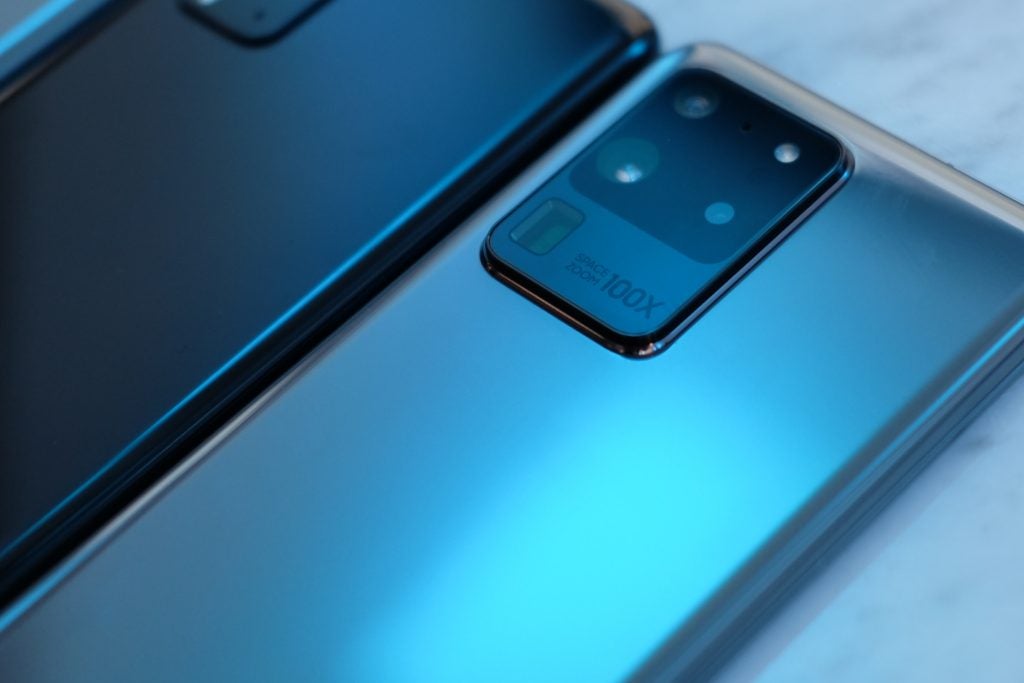
We’re not big fans of the 100X zoom branding on the back
This is merely a small part of a story, however. The idea here isn’t to shoot at 108-megapixels, or even 48 megapixels for that matter, but to use all the data collected to create superior 12-megapixel snaps. For instance, the 108-megapixel camera will combine nine pixels into one much larger pixel, while the telephoto will do the same but with four pixels. This should, in theory, let far more light into the sensor and produce a brighter, sharper photo.
First off, I will say that you shouldn’t shoot in the 108-megapixel mode – even though it’s offered as an option. Aside from being slow to shoot, the actual pictures are oddly flat and lacking in sharpness. You’ll get a sharp central point, with details lost as you move out.
I’ve also had some issues with the autofocus system, which regularly struggles when you’re moving quickly between subjects. On more occasions than I’d like I found myself waiting a few seconds for it to lock on. Samsung has said it is issuing a software update to fix this though, so I will update this review when that is live.
The star of Galaxy S20 Ultra’s camera skills is the zooming. Labelled Space Zoom (and plastered on the camera module), this works in a similar way to the Huawei P30 Pro – inside the there is a series of mirrors and lenses laid out flat with light reflected through the rectangular hole on the back of the phone. This trick allows for impressive ‘optical’ zoom without the need for a big lens attachment.
Samsung advertises Space Zoom can go up to 100x and, while it can, I wouldn’t advise using it for anything more than a quick play around when you first unbox the phone. This is because, unless you have a tripod, shooting like this is tough due to all the shaking going on, and trying to focus is virtually impossible.

At 10x you’ll still be able to easily make out detail. Especially good for sporting events
However, stick to ranges up to 10x and you’ll capture some fantastic shots packed with serious amounts of details. The below pictures of a football stadium, for instance, would not have been achieved by an iPhone 11 Pro or Pixel 4.

The camera deals with shadows very well, though the sky here looks a little too blue

Here’s the 5x zoomed version of the above photo
The S20 Ultra takes excellent photos with lots of detail and a colour palette that’s a bit more restrained when compared to older S-series phones. You’ll still see slightly more saturation and pop to reds and greens than an iPhone 11, but nowhere near as much as before.
The large sensor also helps give a very natural looking depth-of-field effect without having to resort to the faux-bokeh mode. Focus on something and the background will blur, bringing the foreground into sharp focus.

The classic saturated look of previous Samsung flagships is especially obvious in bright daylight shots

Sometimes, when shooting macro, they’ll be a sharp focus point (here towards the right) that leaves the rest look a little fuzzy

The camera deals with colours well and has great dynamic range

The ultra wide angle pictures are good

The large sensor gives a lovely natural bokeh when you’re shooting up close
If you take a lot of photos of people then it’s important to note the S20 Ultra has a tendency to overly smooth out details in skin, giving them a somewhat unrealistic appearance. This feels like a stylistic choice with the processing.

Another example of the nice depth of field you can achieve
There have been great strides in low-light performance over the past 18 months and the S20 Ultra once again impresses when the lighting conditions aren’t great. Pictures retain detail, avoid overblowing the highlights and manage exposure well. Focusing can be a lot slower at night though, and I would give the dedicated Night mode a miss – it gives the image too much of an orangey hue.

Quality of the 5x zoom remains excellent, even when the lighting is low

Low light shots deal with the changing conditions and exposure well

Sample with night mode off

With night mode on everything is a bit too yellow and unnatural
The headline video addition across the entire S20 series is 8K capture, and it certainly stands out on paper – even if phones like the LG V60 pack the same capability. Shooting 8K uses the telephoto 64MP sensor, so things are cropped in a little and it can be restrictive when you’re already up close.
8K, a bit like the 100x zoom, feels more like a feature Samsung hypes up rather than one the average consumer is going to really make use of. The footage, which is shot at 30fps, is very sharp – but you’ll need some form of 8K display to really see that come through.
The camera is supremely capable. Samsung’s post-processing remains behind the likes of Google and Apple, and that’s why we’ve got all these megapixels at play. You might be disappointed if you felt the high megapixel count was going to take mobile photography to the next level – these shots still look like they’ve come from a phone, but the results are still great. If you’re a fan of pictures from previous Samsung phones then these are the very best versions of those Samsung photos.
- All the best camera phones in one handy guide
Design and Screen
- 120Hz OLED display is excellent
- 1440p resolution and HDR support
If you’re not a fan of phones with large screens then the Galaxy S20 Ultra is not for you. It dwarfs other Samsung phones, even the historically big Note series, and almost makes the iPhone 11 Pro Max look compact – I didn’t think I would be saying that a few months ago.
It features an outright huge 6.9-inch display that covers the majority of the front and curves slightly around the phone’s edges. The only obvious item breaking up the otherwise all-screen aesthetic is a small hole-punch notch in the middle of the top edge. Make no mistake this is a glorious OLED panel, but that shouldn’t come as a surprise to anyone who has used a flagship Samsung phone before.
The tentpole feature this time around is a jump from 60Hz to 120Hz. For non-techies, this means the screen now refreshes twice as many times each second making everything far smoother. Trying to describe the differences in refresh rates is hard and, even though this is a tired cliche, you just need to see it to really understand the benefits. Movement is smoother, swiping is quicker and less jittery – the phone just feels faster.
However, adding 120Hz doesn’t come without some slight downsides. The biggest being its dramatic effect on battery life. Even though the S20 Ultra has a 5000mAh cell, enabling the smoother motion left me with a phone that only just about made it through the day, heavily cutting my screen-on time compared to 60Hz. This is likely the main reason why Samsung has decided against letting you keep the resolution at WQHD+ (3200 x 1440), with 120Hz instead restricted to FHD+ (2400 x 1080).
That move will likely annoy some, it did annoy me initially, as you’re essentially forced away from making the most of a display you’ve spent over a grand on. But, thankfully, at 1080p it remains a very sharp, colour accurate panel that sets a new standard for FHD screens.
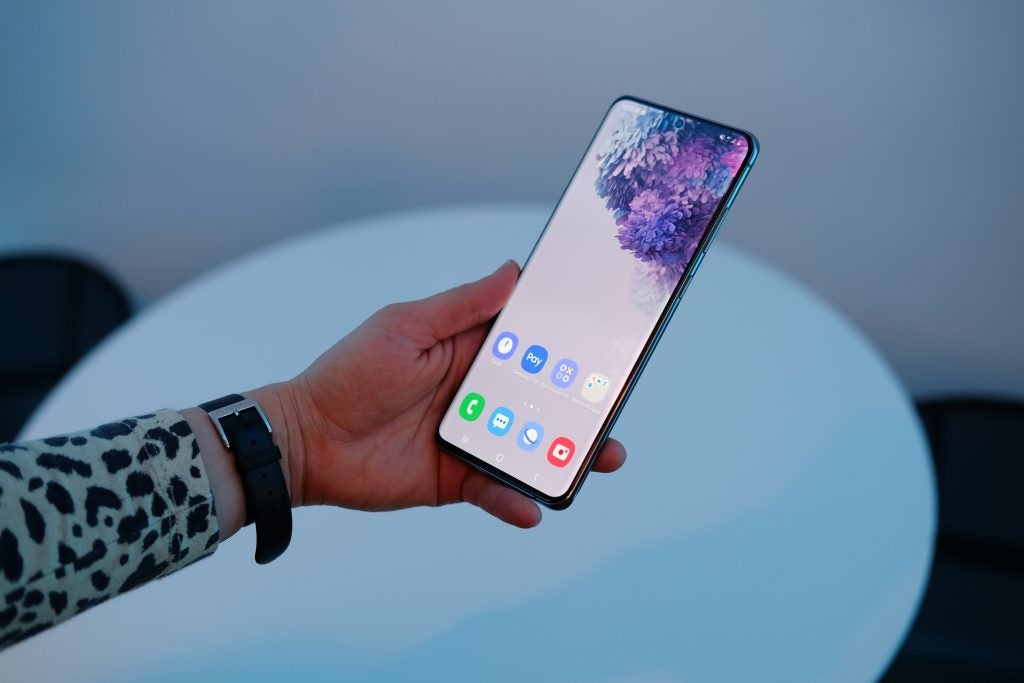
Along with upping the refresh rate, the touch response has been doubled to 240Hz, making the display feel super responsive when you’re interacting with it. I have even had some instances where the display feels a bit too responsive and I ended up accidentally clicking something I didn’t mean to. This is made even more obvious by the sheer amount of accidental presses that occur due to the curved display.
Thanks to the 6.9-inch OLED screen, exceedingly high levels of brightness and the usual array of HDR options mean that the S20 Ultra is a fantastic device for watching media on. HDR-enabled shows on Netflix feel like they’re really taking advantage of what’s on offer and when compared to the iPhone 11 Pro Max there’s deeper contrast and far more brightness. The smaller notch (when compared to the S10 series) helps make it a more immersive display, too.
Two screen modes are available: Natural and Vivid, with the latter being on by default. This has more saturation (reds have a neon finish and greens can look a little lurid) and is a little more pleasing on the eye, however I prefer the DCI-P3 focussed Natural mode which is more colour accurate and less garish.
The Galaxy S20 Ultra is a boring phone to look at and it feels like a real step in the wrong direction for Samsung visually. It’s not ugly or offensive – it’s just kind of dull. The two colour options (grey and black – give me some colour!) are dull and the same curved design Samsung has used for years is beginning to feel a little tired.
While the S20 Ultra’s design isn’t terribly exciting, it is very well built. The finish is pristine and the material high-end. It feels expensive, with a heft that more budget-focused phones lack.
If you’ve seen renders and images of the phone you’ll likely have noticed the behemoth of a camera on the back. It looks bad in these images, however, it’s not something I have noticed or disliked while using the phone. I actually quite like these over-the-top camera modules as it adds a bit of extra character and distinctiveness. Of course, as it’s not flush the phone wobbles about on tables and you’ll need to add a case if you want to avoid this.
Other important things to note here are the lack of both a headphone jack (hardly a surprise, but this is the first S-series flagship to ditch the 3.5mm port) and a physical fingerprint sensor. Samsung has once again stuck with the ultrasonic in-display sensor from S10 and Note 10 and, honestly, I hate it. We had such a good thing going with ridiculously fast capacitive sensors and none of these in-display alternatives are anywhere near close to being as fast.
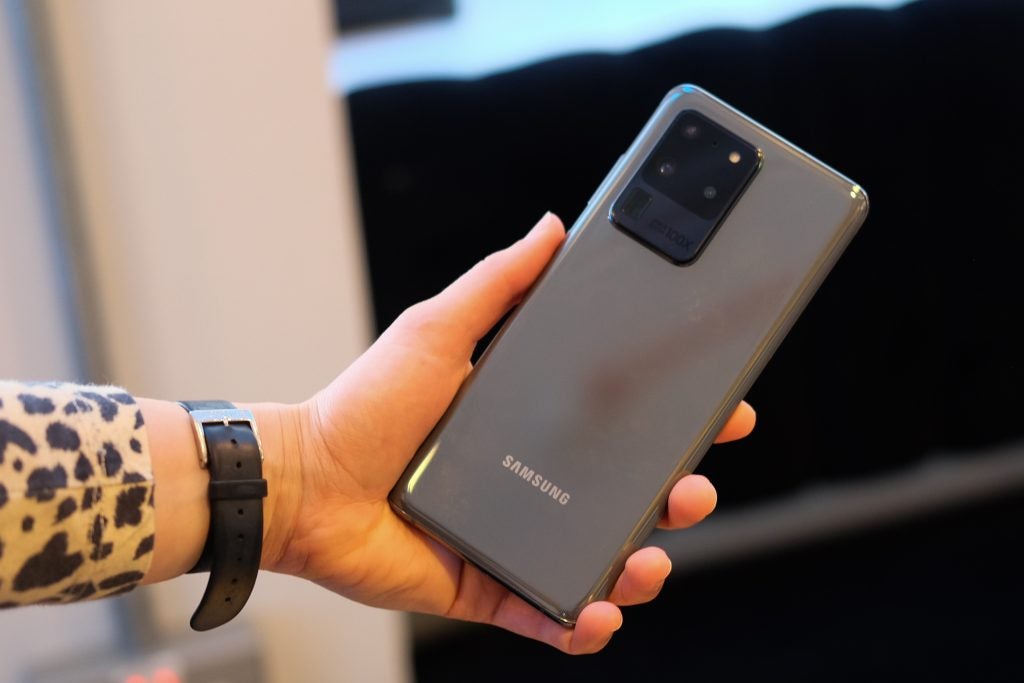
The sensor might work without lighting up the whole screen, a benefit it has over optical versions, but it requires a firm press and lacks reliable accuracy.
The S20 Ultra retains the IP68 rating of its siblings, packs a hybrid dual-SIM slot that can take two SIMS (one 4G, one 5G) or a SIM and microSD card.
Performance
- Exynos or Snapdragon chipsets depending on where you live
- 5G support on all models
- Samsung’s One UI overlay over the top of Android
If you like specs, then you’ll love the Galaxy S20 Ultra. If you love comparing spec-sheets and gazing in awe at how much RAM a phone has then the S20 Ultra should immediately grab your attention.
This is a powerhouse of a phone, chock-a-block with top-drawer components. At the heart of the phone is the Exynos 990 (in Europe) or Snapdragon 865 (in USA) along with either 12 or 16GB RAM and 128 or 512GB UFS 3.0 storage. Check out the specs table below for a more comprehensive breakdown.
For this review, I have been using a European Galaxy S20 Ultra powered by the Exynos 990 and 12GB RAM. I wouldn’t be surprised if the Qualcomm edition varied in areas like battery life and benchmark scores as we’ve seen this previously with Samsung phones.
For all these high-end internals, the S20 Ultra runs and performs like any other flagship Android. You can play any game from Google Play at the best settings without a hitch, lag in the UI is virtually non-existent and apps open instantly.
You will notice that the extra RAM (and I assume the way the software utilises it) lets apps sit in the memory for a lot longer – up to a few days in my tests. Bringing a game that you haven’t touched since the morning before back to life is great, and this feels like a genuinely helpful advancement.
While Samsung phones, those with Exynos chips at least, are fast to begin with, it is months and years down the line where things start to fade. Apple’s phones are so good at staying fast for years that I always feel let down by Samsung in this regard. My Note 10 Plus, for example, takes an extra second longer to load apps now than it did at launch – will the same happen here?
I don’t put too much stock in benchmark tests for phones, however they do give a neat overall look at how basic performance changes between models. See below for how the S20 Ultra compares against the OnePlus 7T Pro (Snapdragon 855), iPhone 11 Pro (A13) and Huawei Mate 30 Pro (Kirin 990).
| Geekbench 5 single core | Geekbench 5 dual core | Antutu | |
| Samsung Galaxy S20 Ultra | 890 | 2679 | 484448 |
| Huawei Mate 30 Pro | 749 | 2910 | 452421 |
| iPhone 11 Pro | 1334 | 3552 | 558778 |
| OnePlus 7T Pro | 745 | 2672 | 471814 |
The S20 Ultra is a 5G phone. Of course, it retains support for 4G, 3G and 2G networks but it doesn’t come in a flavour that eschews 5G completely. If you’re in an area where 5G is limited, or non-existent, you’re paying more (Samsung said around £100) for a feature you won’t make use of yet. This is a bold move but I think it’s a move needed to push 5G forward and into more hands.
I’ve been using the phone with both a Vodafone SIM on 5G and a Three SIM on 4G. Where 5G is available the speeds are good, but it’s the extra bandwidth that makes the real difference. In a busy station, for example, I can now easily browse and download stuff – something that’s rarely possible on 4G.
The phone might be dual-SIM enabled, however only the main slot has 5G support. You couldn’t pop two 5G SIMs in and utilise the next-gen network on both. There’s Wi-Fi 6 support too and I have been thoroughly impressed with both call quality and data connections.
Software
TouchWiz branding might have been absent from Samsung phones for years, but it’s only recently that the software on the brand’s phones has recovered from years of, well, being awful.
The One UI 2.1 software here is one of the best, most fully-featured and slickly designed versions of Android you’ll find. It’s not as ‘clean’ (Samsung still has loads of duplicate apps) as the skins you’ll find on OnePlus and Pixel phones though, even if the feature list is exhaustive.
Customisability is key here; whether it’s changing how the phone performs while you’re gaming to how fast or high-res the screen is, Samsung lets you tweak lots of things to work how you want them too.
Typical Android features aside, the S20 Ultra adds in some extra Samsung tricks. DeX mode remains for allowing you to connect the phone to a Mac or PC to access info and apps from the phone and a new direct share function is a bit like AirDrop – letting you quickly send files, via Wi-Fi Direct, to other S20 devices.
Bixby has also been relegated thanks to the lack of a dedicated button for the still-lacking virtual assistant. You can turn off pretty much every instance Bixby would appear and just use Google’s far superior Assistant instead.
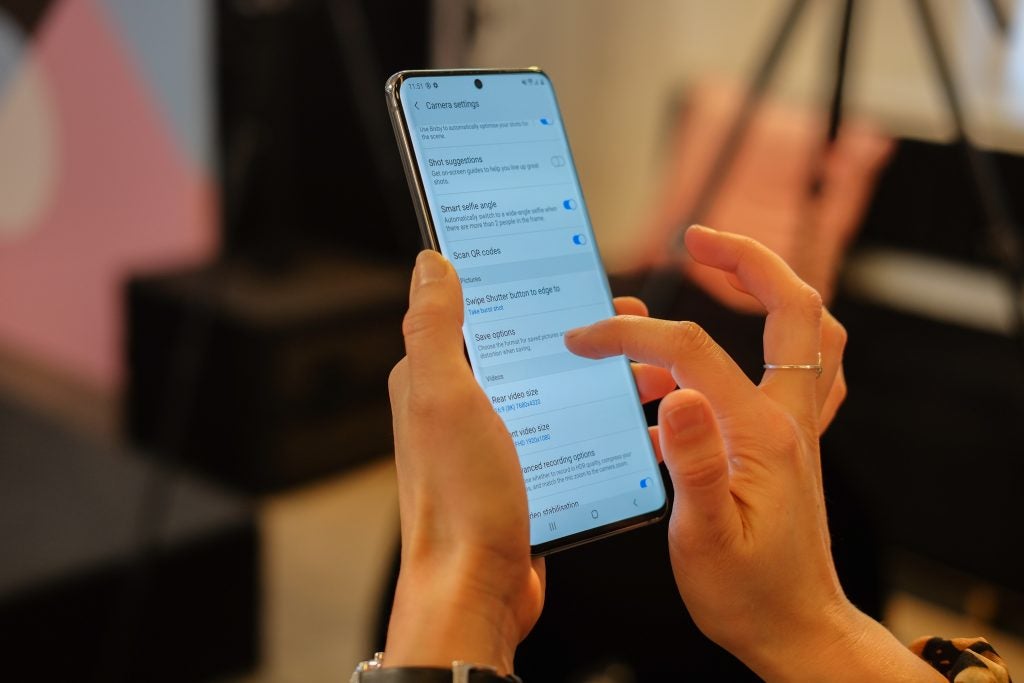
Battery life
- Inside there’s a 5000mAh battery
- Charger in the box
- Wireless charging supported too
This is a section where there could be some differences if you have the Qualcomm version of the Galaxy S20 Ultra or the Exynos one. There were huge gulfs in battery life between the models of both the S10 and Note 10, with the Snapdragon variant seemingly lasting a lot longer. All my thoughts here are from the European Exynos version.
Over the course of my week with the S20 Ultra my battery life experience has changed numerous times. With the 120Hz refresh rate on and two SIMs (one 5G) enabled I struggled to make it through from 8am to 10pm without getting nervous and topping things up before I left the office.
Slip back to 60Hz at WQHD+ and 5-6 hours of screen on time is a lot more achievable, often meaning I didn’t need to charge the phone at night. Tone it down even further to FHD+ and an extra hour is possible.
If you want the phone to comfortably last you the day, the options are there to make that happen. If you know you’ve got a charger nearby and want to really push that display then that option is available too. This is great, even if it does feel like you have to lose some of the phone’s best attributes in order to get the best battery life.
When the S20 Ultra does run out of juice, the included 25w USB-C PD charger gets you from 0-100% in just over an hour. Seriously impressive stuff for a 5000mAh cell. 30 minutes of charging got me from 0-57%, so even if you forget to charge the phone overnight you can top it up before you head to work.
Alongside this, you’ve got Qi wireless charging (15w) and you can use the phone as a wireless pad for other Qi-enabled devices with the Wireless Powershare feature. This is handy for adding some juice to add-ons like Galaxy Buds, but it does quickly eat through the phone’s battery life.
[videoai]You should buy it if…
If you want a very capable zoom camera
While some of the Space Zoom 100x zoom features are a little pointless, if you’re only going up to 10x then the results are really quite good. You don’t this kind of zoom unless you have a periscope camera.
You shouldn’t buy it if…
You want the best flagship camera
Samsung couldn’t quite beat some of the best competition in the smartphone camera space with the S20 series, even the priciest Ultra. It’s good, just not fantastic. The Ultra also still suffers from camera focussing issues.
- Here are the best phones you can buy
- Love Google? these best Android phones are for you
- Now read this: Samsung Galaxy S20 review: hands on
FAQs
The Samsung Galaxy S20 Ultra is a 5G phone
The Galaxy S20 Ultra has an IP68 rating
Dual SIM models of the Galaxy S20 Ultra are available
Jargon buster
USB-C
The modern USB connector you’ll find on most Android phones, new laptops, cameras and games consoles. It’s reversible and used for charging along with data-transfer.
OLED and AMOLED
Types of displays that use self-lighting pixels to provide greater contrast and more vibrant colours than a typical LCD display, as well as sharper blacks.
Snapdragon 865
Qualcomm’s 2020 flagship chipset and the platform that powers the phone. This includes the CPU, GPU, ISPs for the camera and modem.
Exynos 990
Samsung’s 2020 flagship mobile chipset. Used in phones in the UK, wider Europe and some others.
mAh
An abbreviation for milliampere-hour and a way to express the capacity of batteries, especially smaller ones in phones. In most cases the higher the mAh, the longer the battery will last but this isn’t always the case.
OneUI
Samsung’s skin that sits over the top of Android on all of its Android devices.

